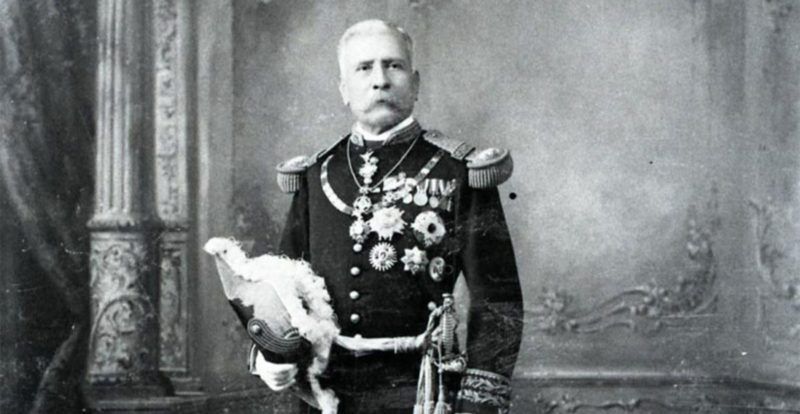The Liberal General Porfirio Diaz: An Unusual Case in Mexico's History
Porfirio Diaz is one of the most controversial characters in Mexican history; the peculiarity of his figure stems from his long tenure as head of the Mexican government during the last decades of the 19th century and the first decades of the 20th century.





